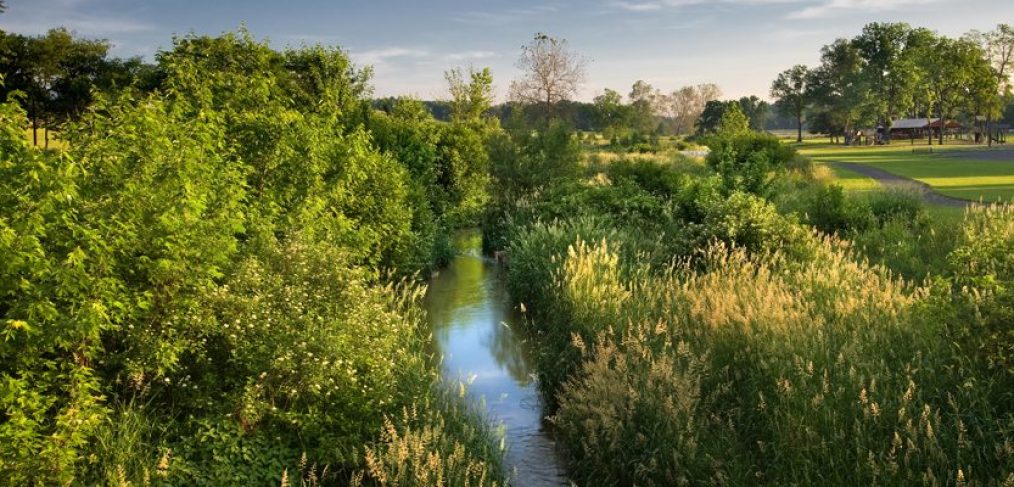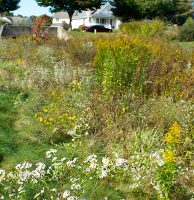
Funding for Riparian Buffer Projects on your Property
So you want to plant a riparian buffer on your property but are wondering how to fund it? Thankfully there are several state and federal sources of funds that you may be eligible for and which we will detail here.
State Funds
The commonwealth has a goal of planting 95,000 acres of riparian forest buffers statewide by 2025 to improve waterways in Pennsylvania and the Chesapeake Bay. To help make that goal a reality the Department of Conservation and Natural Resources (DCNR) has a grant program for landowners wishing to install a forested buffer of at least 15 feet wide on each side of the stream/river. The landowner signs an agreement of 25 years or more in exchange for receiving funds and technical assistance for the installation and short-term (3 years) maintenance of the buffer. More information can be found here as new grant rounds open.
The PA Conservation Reserve Enhancement Program (CREP) is available to the agricultural community within the Chesapeake Bay watershed to lease land around a stream or river on their property to a conservation organization to plant a riparian buffer. The lease typically runs from 10 to 15 years and can be renewed. The program provides cost share to cover 50 to 100 percent of the cost of the buffer installation and maintenance. Learn more at www.creppa.org.
The PA Department of Environmental Protection has special project funds for landowners within the Chesapeake Bay watershed, which you can learn more about here.
Federal Funds
The US Department of Agriculture (USDA) provides Conservation Reserve program funds to the agricultural community in a similar fashion to the PA CREP program. There are two types of programs: one that has a designated sign-up period and one that has continuous registration. Learn more here.
The USDA through the Natural Resources Conservation Service (NRCS) also offers funds through the Environmental Quality Incentives Program (EQIP), which provides financial and technical assistance to agricultural producers to plan and implement conservation practices on agricultural land and non-industrial private forestland.
The Chesapeake Bay Program and its partners offers many grant and cost-share programs for landowners in the Bay watershed (primarily agricultural but not exclusively), including Small Watershed Grants and Innovative Nutrient and Sediment Reduction Grants. To learn more, go to http://www.chesapeakebay.net/what/grants.
For More Information
These are just some of the many financial support opportunities that exist for installing and maintaining riparian buffers. More can be found here. And to find out how LandStudies can help you in designing and installing your next riparian buffer project, visit us at www.landstudies.com/services/field-operations.


